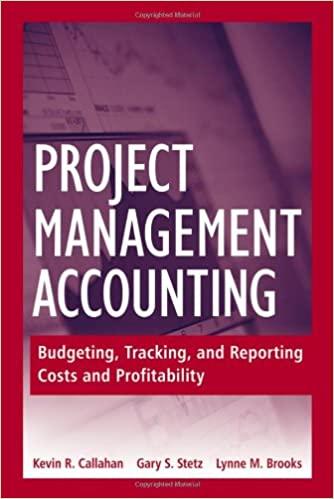In recent years, there has been a lot of media coverage about the funding status of pension plans for state employees. In many states, the amount of money invested in employee pension plans is far less than the amount estimated to pay employees the retirement benefits they have been promised. Basically, pension plans work by imvesting enough money while employees are working so that the money irvested, plus the investment income it earns over the years, will be sufficient to pay the workers their retirement incomes once they have retired There are many complicated assumptions, estimates, and calculations needed to determine how much money a state should invest in its pension fund each year One of the most important assumptions is the rate of return the plan's investments will earn in the future. As you have seen in this chapter, the higher the rate of return used to calculate the present value of future cash flows, the lower the present value will be: To determine a pension plan's funded status, actuaries (1) estimate the future cash payments expected to be made to employees, (2) calculate the present value of those cash flows using an assumed rate of return (this present value is the gross liability of the fund), and (3) subtract the amount of money that has been irvested from the gross liability calculated in step 2 (this amount is the funded status of the pension plan). Essentially, this is the same as calculating the net present value of an investment If the plan has less money in its investments than the present value of its estimated future cash fiows, it has a net liability and is considered to be underfunded by that amount Many states pension plans have assumed they will earn 8 percent or more on their investments, even though many experts think a more appropriate assumption would be 6.5 percent As an example, the state of Virginia used an assumed rate of return of 8.5 percent in 2009 but reduced the rate to 80 percent in 2010 . Actual investment returns can vary widely. in 2016, Virginia's actual return on its pension assets was only 28 percent, but in 2017 it was 13.0 percent Virginia paid out approximately $36 billion in benefits to retirees in 2017 . (PV. of $1 and PVA of $1 ) (Use oppropriate factor(s) from the tobles provided.) Required a. Assume Virginia's annual payments will continue to be $3.6 bilion, and that retirees will receive benefits for 20 years on average Using an assumed rate of return of 8 percent, calculate the liability of the state's pension plan. The liability is the present value of the future cash payments. (Be aware that the real-world caiculation for a state's pension plan liabily involves many more assumptions than just these two.) b. Assume the annual payments will continue to be $3.6 bilion, and that retirees will recelve benefits for 20 years on average. Using. an assumed rate of return of 6 percent, calculate the liability of the state's pension plan. (For oll requirements, enter your onswers in dollars not in billions.)







